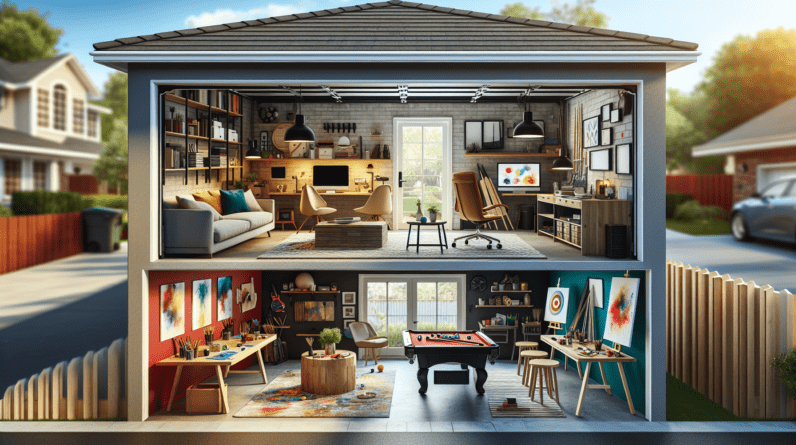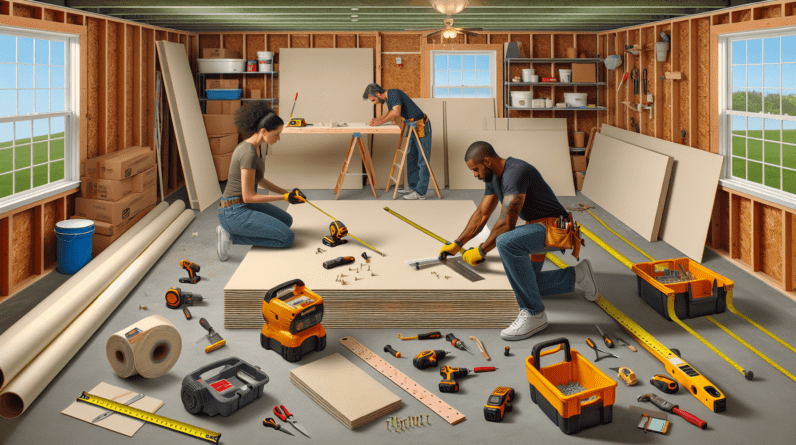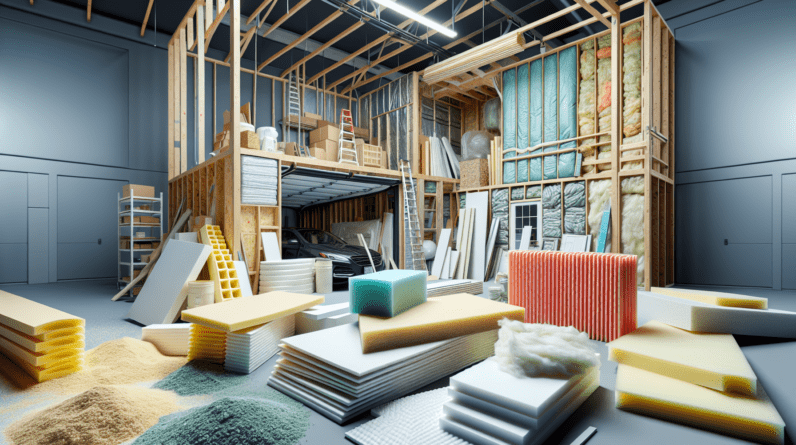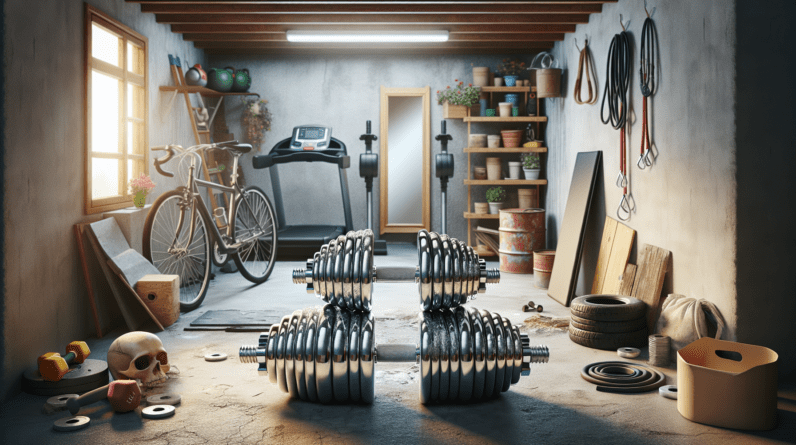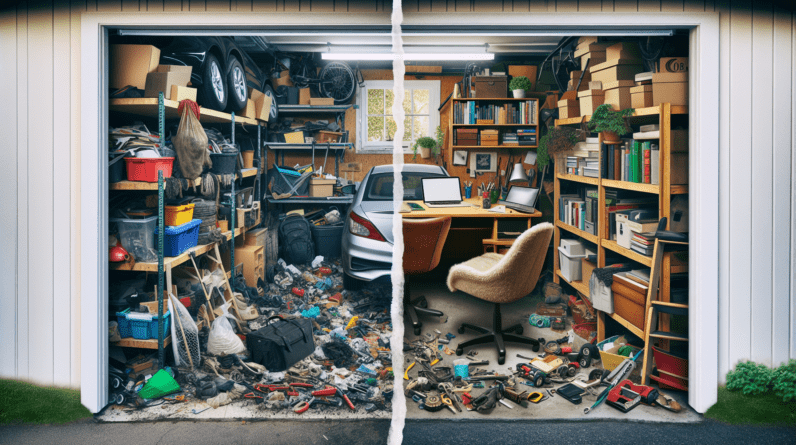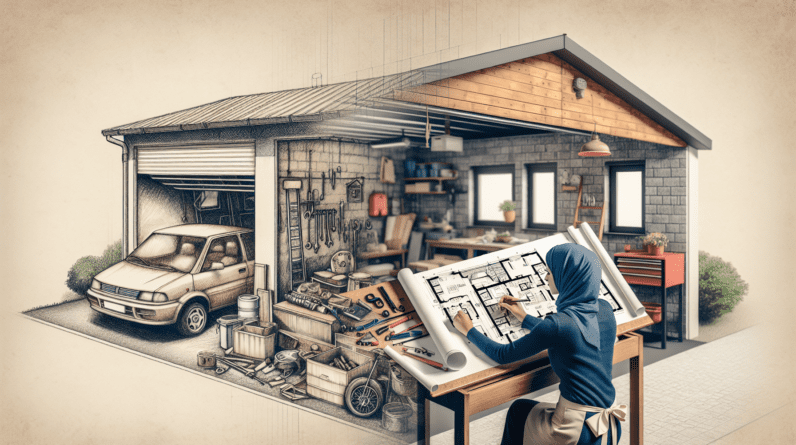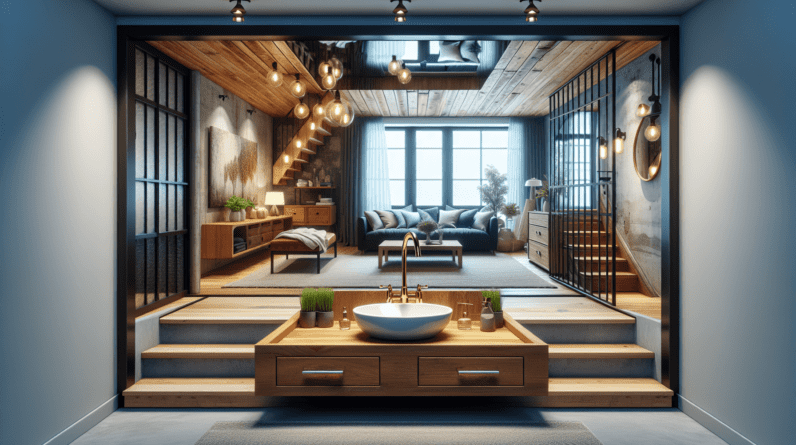
Have you been considering transforming your garage into a functional guest room, complete with all the amenities necessary for a comfortable stay? One critical feature you might be contemplating is the addition of plumbing. The idea of having a bathroom or even a small kitchenette within your garage guest room can make it significantly more inviting and practical.
Understanding the Basics
Adding plumbing to your garage guest room isn’t as simple as just connecting a few pipes. It requires proper planning, permits, and potentially hiring professionals. Let’s break down the essential aspects you need to know before embarking on this project.
What Does Adding Plumbing Entail?
Plumbing involves the installation of pipes, fixtures, and appliances necessary for water supply and drainage. This can include a bathroom with a toilet, sink, and shower, or a kitchenette with a sink and possibly even laundry facilities. Each component requires proper connections to your home’s water supply and sewage system.
Assess Your Garage’s Suitability
Before making any decisions, thoroughly assess your garage’s current state. Consider its size, existing structure, and proximity to your home’s main plumbing lines.
- Size and Layout: Ensure there’s enough space for the bathroom or kitchenette without making the room feel cramped.
- Structure: Check if your garage’s structure can support the additional plumbing and fixtures.
- Proximity to Plumbing Lines: The closer your garage is to your home’s main plumbing lines, the easier and less expensive it will be to connect.
Planning the Project
Once you’ve assessed your garage’s suitability, planning out the details of your project is the next step. This involves deciding on the type of plumbing fixtures you want, where they will be installed, and creating a detailed design plan.
Creating a Design Plan
Your design plan should include the layout of your garage guest room, indicating where each plumbing fixture will be located. Consider factors like:
- Bathroom Location: Positioning the bathroom near existing plumbing lines can reduce complexity and cost.
- Fixture Choices: Decide on the type of toilet, sink, shower, or other fixtures you’ll include.
- Drainage: Plan for proper drainage to prevent water from pooling or causing damage.
Estimating Costs
Budgeting for your project is crucial. Costs can vary widely depending on factors such as:
- Materials: The quality and type of pipes and fixtures you choose.
- Labor: Whether you’ll be hiring professionals or doing some of the work yourself.
- Permits: Obtaining necessary permits from your local building department.
Permits and Regulations
Before starting any actual work, it’s essential to understand and comply with local building codes and regulations. Contact your local building department to find out what permits are required and any specific regulations that apply to your project.
Executing the Project
With a solid plan in place and necessary permits obtained, you can begin the actual work of adding plumbing to your garage guest room.
Hiring Professionals
For most homeowners, hiring professionals is the best course of action. Plumbers, electricians, and contractors have the expertise to handle complex tasks and ensure everything is up to code.
DIY Considerations
If you’re a seasoned DIY enthusiast, you might consider handling some of the simpler tasks yourself, such as:
- Demolition: Removing existing walls or fixtures.
- Basic Plumbing: Installing some pipes if you have the necessary skills and knowledge.
Remember, even if you do some work yourself, it’s crucial to consult with professionals to avoid costly mistakes.
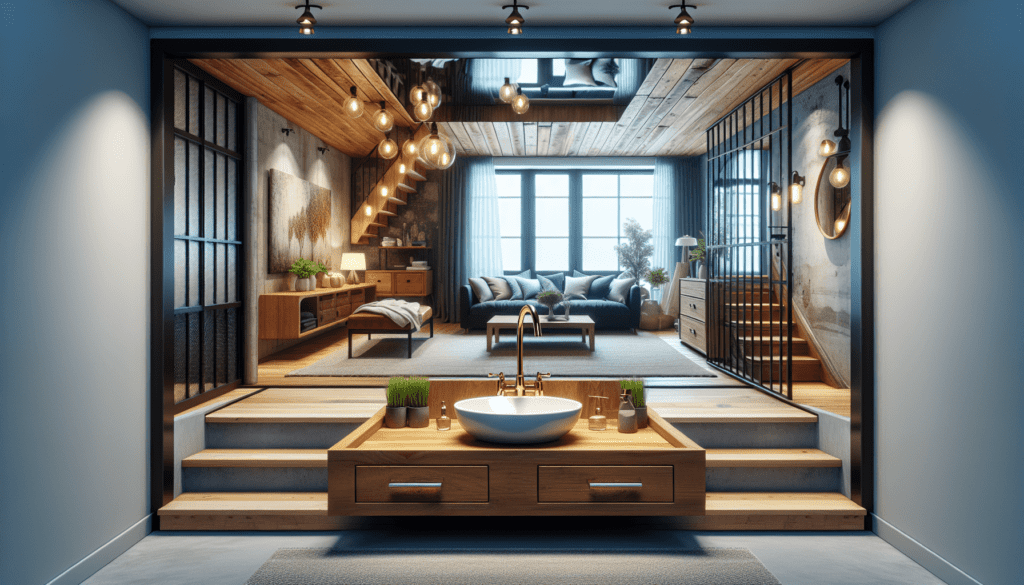
Personal Anecdotes: Lessons Learned
My friend Sarah recently undertook a similar project, transforming her detached garage into a cozy guest suite with a full bathroom and kitchenette. She faced several challenges along the way but managed to create a stunning space that her guests love.
Sarah’s Key Takeaways:
- Importance of Planning: Sarah emphasized how critical it was to have a detailed plan before starting. This helped her avoid unexpected issues and stay within budget.
- Hiring Experts: Despite being handy, Sarah chose to hire a professional plumber and electrician, which ensured that everything was done correctly and safely.
- Permits: Obtaining the necessary permits beforehand prevented any legal problems down the line.
Potential Challenges
While adding plumbing to your garage guest room can be highly rewarding, it comes with its own set of challenges.
Structural Challenges
Older garages might not have the necessary insulation, ventilation, or structural integrity to support a bathroom or kitchenette. Addressing these issues can add to your project’s complexity and cost.
Cost Overruns
Even with careful planning, unexpected expenses can arise. Having a contingency budget of at least 10-20% of your total project cost can help you manage unforeseen costs.
Permitting Delays
Obtaining permits can sometimes take longer than expected. Starting this process early and staying in close contact with local authorities can help minimize delays.
Benefits of Adding Plumbing
Despite the potential challenges, the benefits of adding plumbing to your garage guest room are substantial.
Increased Property Value
A garage guest room with a full bathroom can significantly increase your property’s value, making it a worthwhile investment.
Enhanced Comfort
Having a bathroom or kitchenette in the guest room ensures a higher level of comfort and convenience for your guests.
Versatility
Plumbing can make your garage guest room more versatile, allowing it to serve various purposes, such as a rental unit, home office, or private retreat.
Step-by-Step Guide to Adding Plumbing
Here’s a step-by-step outline to guide you through the process of adding plumbing to your garage guest room:
Step 1: Assessment and Planning
- Inspect your garage’s layout and structure.
- Consider the available space and how you want to use it.
- Determine the location of existing plumbing lines.
Step 2: Designing the Space
- Draw a detailed layout including plumbing fixtures.
- Choose materials and fixtures within your budget.
- Plan for ventilation and insulation as needed.
Step 3: Obtaining Permits
- Contact your local building department.
- Apply for necessary permits.
- Schedule inspections as required by local regulations.
Step 4: Executing the Plan
- Demolition: Remove any existing fixtures or walls.
- Framing: Build any new walls or supports as per your design.
- Plumbing Installation:
- Install water supply lines.
- Connect drainage pipes.
- Install fixtures (toilet, sink, shower).
- Electrical Work: Ensure proper wiring for lighting and outlets.
- Flooring and Finishing: Install flooring and finish walls and ceilings.
Step 5: Final Inspections
- Schedule a final inspection with your local building department.
- Make any necessary adjustments or corrections.
Frequently Asked Questions
How Much Does It Cost to Add Plumbing to a Garage Guest Room?
Costs can range from a few thousand dollars to upwards of $20,000, depending on factors like the extent of the work, materials used, and labor costs.
Do I Need a Permit to Add Plumbing to My Garage?
Yes, most local building departments require permits for plumbing work. Check with your local municipality for specific requirements.
Can I Do the Plumbing Work Myself?
While some aspects of the job can be done by an experienced DIYer, it’s generally advisable to hire a professional plumber for the more complex tasks.
How Long Does the Project Take?
Timeline can vary based on the complexity of the work, but most projects take between a few weeks to a few months.
What Are Some Common Mistakes to Avoid?
- Skipping Permits: Always obtain necessary permits.
- Ignoring Ventilation: Ensure proper ventilation to avoid mold and mildew.
- Overlooking Drainage: Proper drainage is crucial to prevent water damage.
Conclusion
Adding plumbing to your garage guest room can be a fantastic way to enhance its functionality and comfort. While it requires careful planning, adherence to regulations, and potentially hiring professionals, the outcome can be well worth the effort. Whether you’re looking to create a luxurious guest suite, a cozy rental unit, or a versatile multi-purpose space, the addition of plumbing can open up a world of possibilities. With the right approach and a bit of perseverance, you’ll soon have a wonderful, functional space that adds value to your home and delight to your guests.

